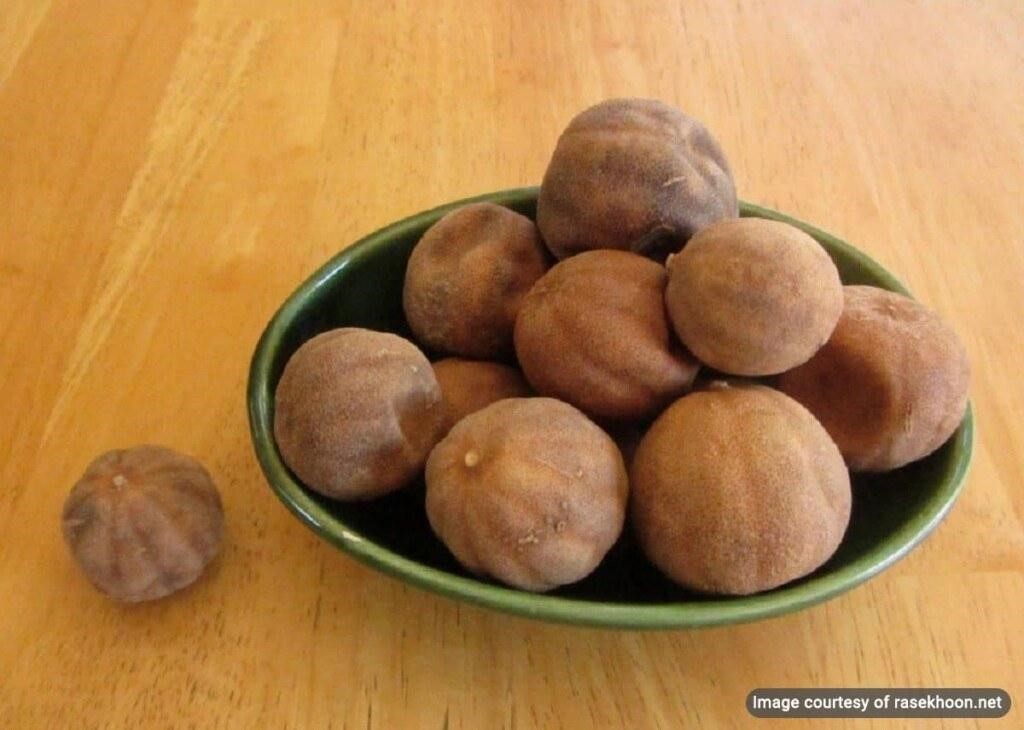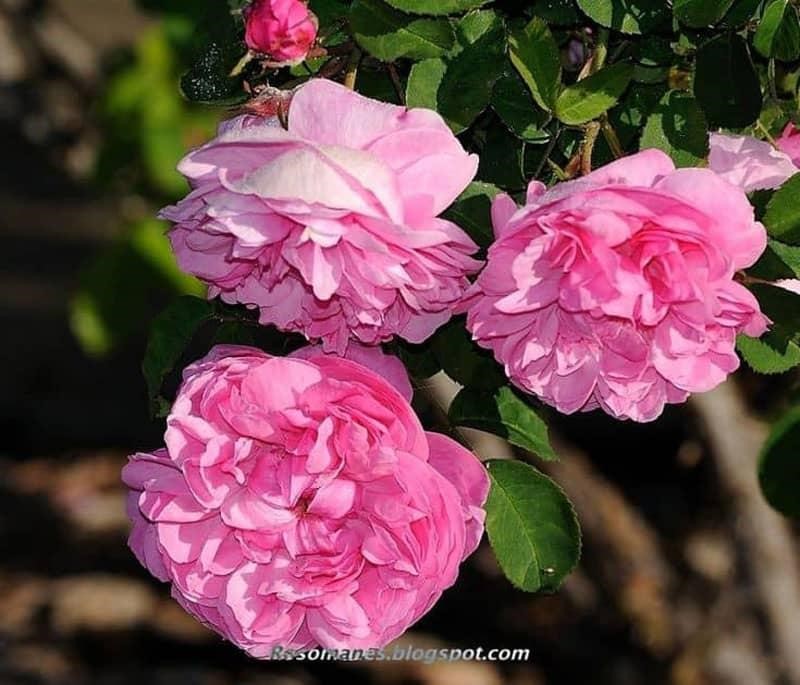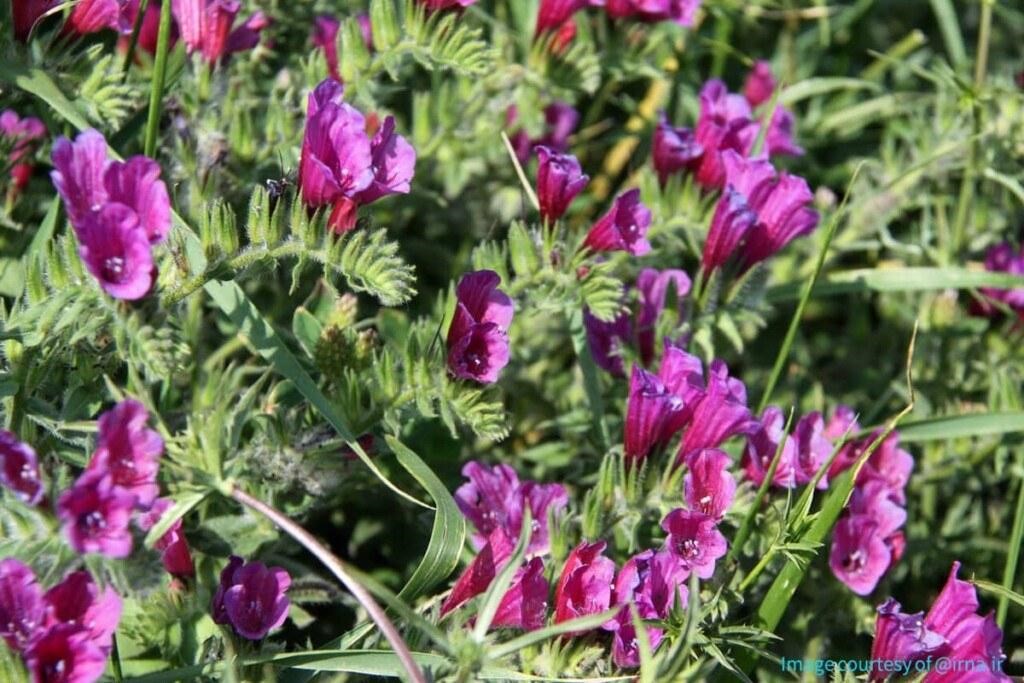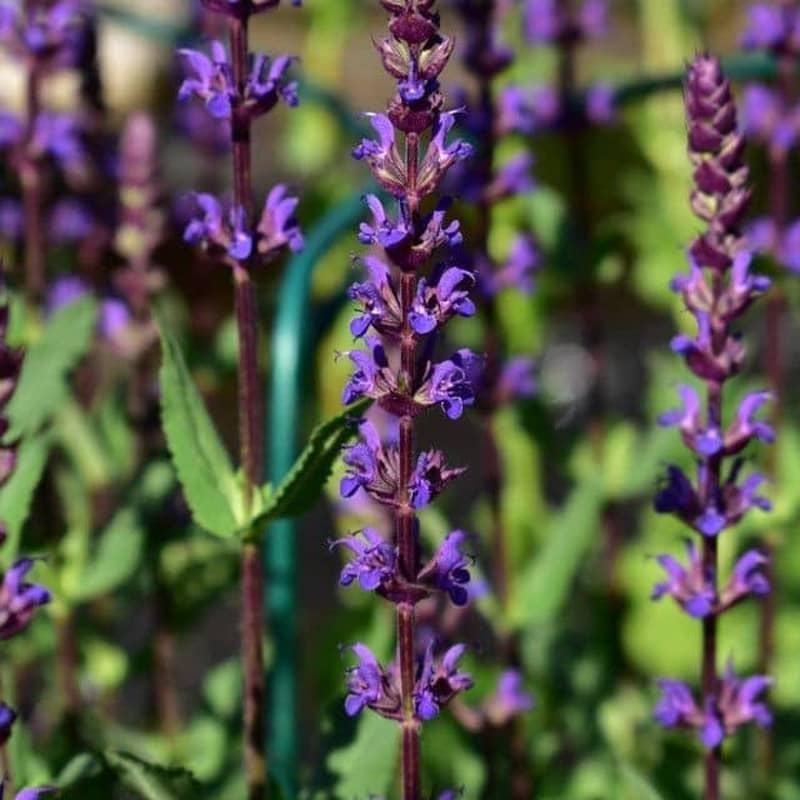
Common sage (Salvia officinalis), known as Maryam Goli in Iran, is a perennial subshrub medicinal herb with dark green stems covered with dense gray trichomes. A few years into the plant’s growth, its stems gradually turn wood-like and brown. The common sage has long, spear-shaped leaves at the top and bottom of its stems. The upper leaves are long petioles and the lower leaves are short petioles.
The flowers grow around the upper part of the stem. The color of these flowers can be bluish-purple, pink, or white. There are usually five to eight flowers on each stem.
This plant belongs to the mint family Lamiaceae and blooms in the spring season. This plant is native to Iran and grows in Eqlid city of Fars province.
Growing Conditions for Common Sage Traditional Medicinal Herbs
The sage plant grows well in a modified, permeable, fertile, and relatively moist soil with a pH of about 4.7. In addition, Calcium-rich and drained clay soils facing the sun are among the best and most necessary growing conditions for the cultivation of this plant.
Common sage is a Mediterranean plant and one of Iran’s medicinal herbs that favors hot and dry weather conditions. Therefore, it can be dried in 4-5 days in the winter season and the temperature is below 15 degrees Celsius.
Iranian Sage Medicinal Benefits
This plant contains various compounds such as essential oil (Thujone, about 50%), diterpene, flavonoids, polyphenols, and tannin. It also contains a variety of acids, such as phenolic acids, rosmarinic acid, and oleic acid. All these substances give this plant many healing properties and medicinal benefits. In the following, we mention some of these properties:
Detoxing Lymph Nodes and Kidneys and Treating Fatty Liver Disease
This variation of the sage plant has diuretic properties, so it can eliminate many toxins and waste materials from the body through urine. It flushes the lymph nodes, kidneys, and liver from various toxins. Sweating after consuming common sage tea also removes these toxins. The sage plant can help with weight loss, and it can also help treat fatty liver disease.
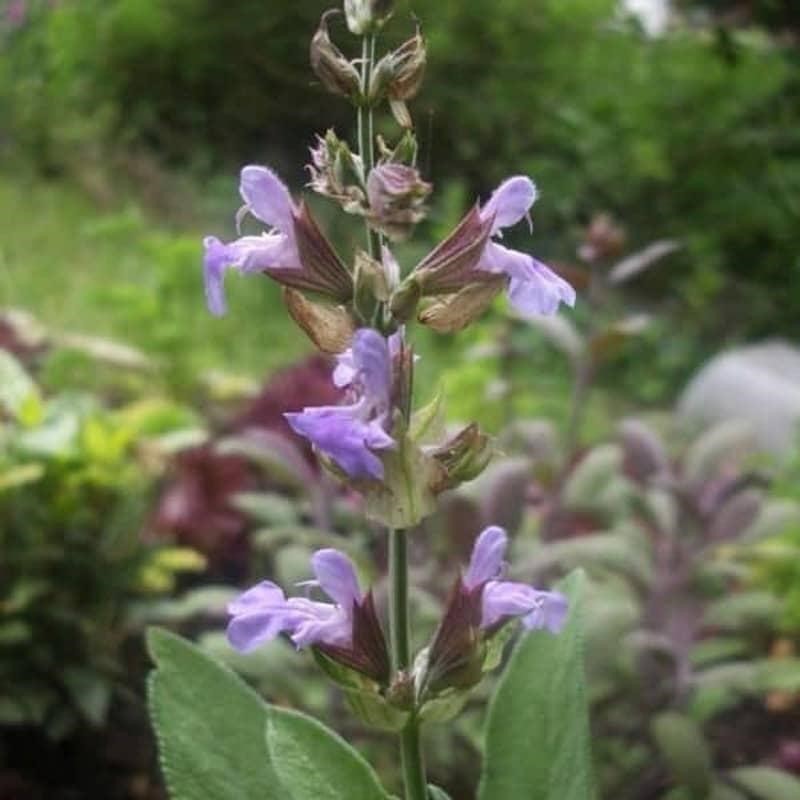
Regulate Blood Sugar Levels and Diabetes Treatment
The active compounds found in this plant act similarly to antidiabetic drugs and play a significant role in lowering blood sugar levels. In addition, its tea regulates and inhibits glucose stored in the liver. It prevents blood sugar fluctuations and makes the body resistant to type 2 diabetes.
Common sage essential oil and tea are also beneficial for reducing blood cholesterol and triglyceride levels, especially in patients with type 2 diabetes. In addition, this plant can improve insulin sensitivity and reduce inflammation in diabetic patients.
Traditional Remedy for Coughing and Sore Throat
Since sage has expectorant and anti-inflammatory properties, it is very effective for treating coughs, sore throat, and similar issues. For this purpose, it is better to prepare it as a tea and consume it regularly. Gargling sage tea is also one of the traditional ways to treat sore throat and excessive coughing.
Help with Depression and Stress
Smelling common sage essential oil is an effective traditional remedy for relaxation and soothing the nerves. This essential oil is also very beneficial for treating depression and helps reduce stress and anxiety.
Improving Memory and Preventing Alzheimer’s Disease
The sage plant helps to improve memory due to its ability to delay the process of nerve degradation. It also prevents the oxidation of fatty substances in the nervous system.
Alzheimer’s disease occurs as a result of a degradation of certain neurotransmitters; A special enzyme is involved in this process. Consuming common sage herbal products inhibits the chemical reaction of this enzyme. Consuming the extract of this plant for a 4-month cycle improves learning as well as memory function and information processing in people with mild and moderate Alzheimer’s disease.
Learn More About Common Sage Traditional Medicinal Herb
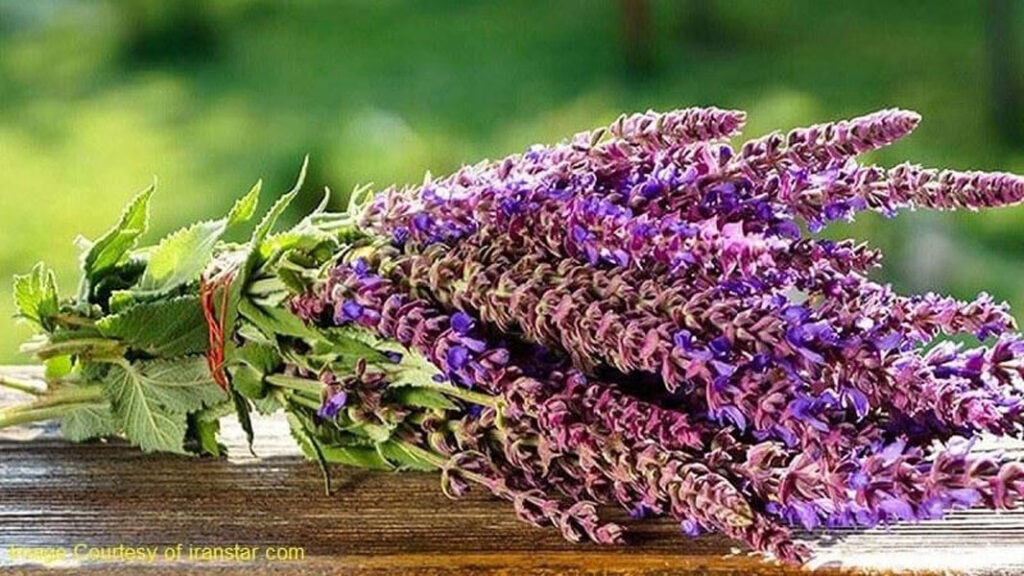
Common sage is one of those medicinal herbs that are cultivated exclusively in Iran. Since sage has many medicinal properties and culinary uses, we recommend purchasing and using it while traveling to different parts of Iran.
Destination Iran aims to promote food tourism in Iran, and in our efforts, we are planning to introduce traditional medicinal herbs in Iran to our readers. We will also discuss medicinal foods in Iran in our articles.






